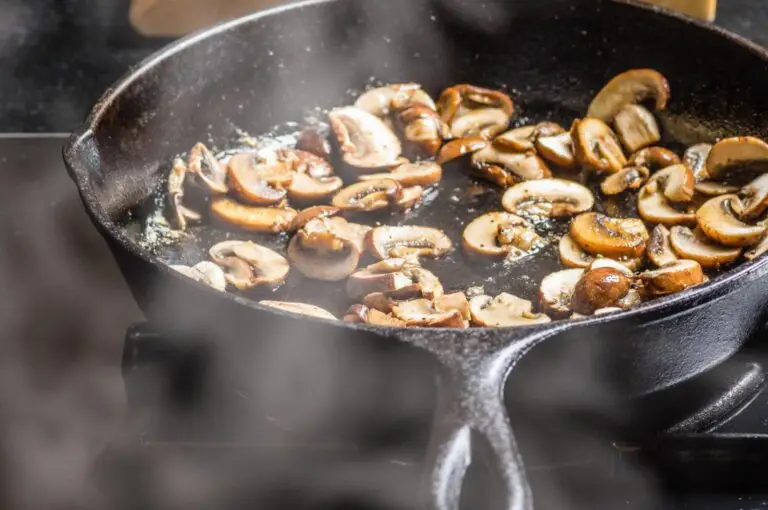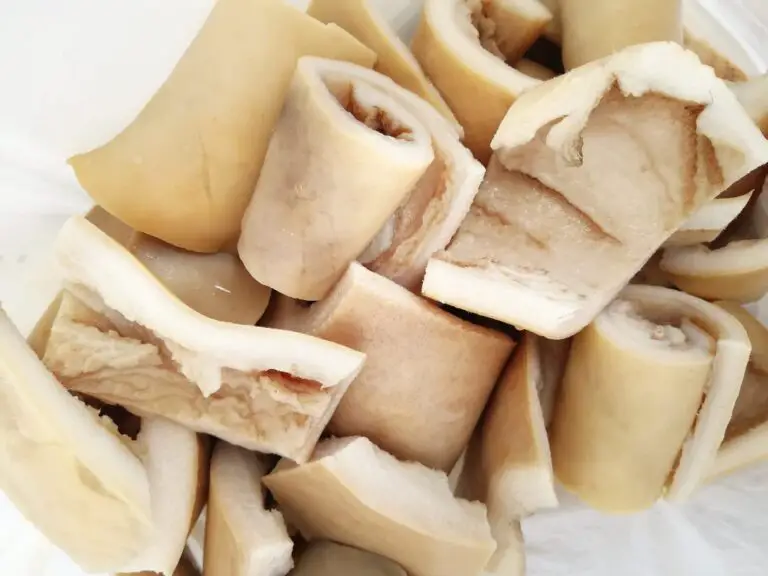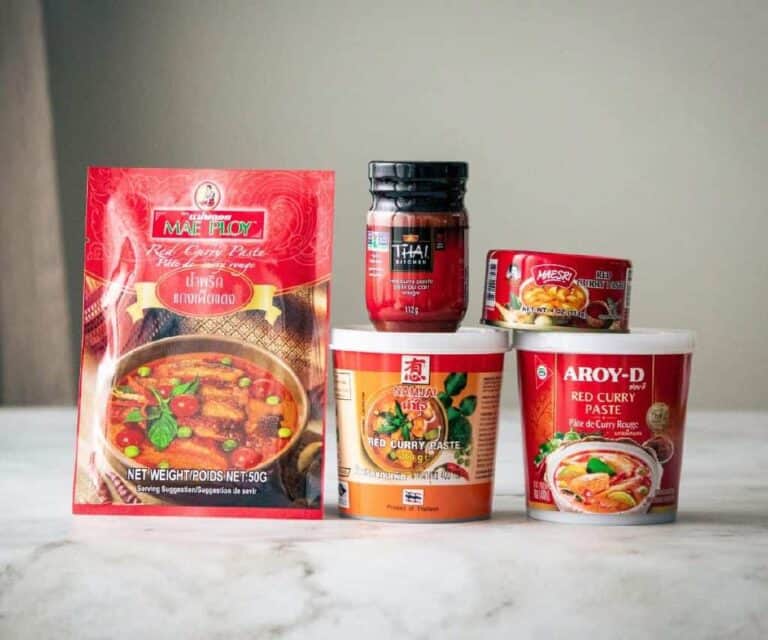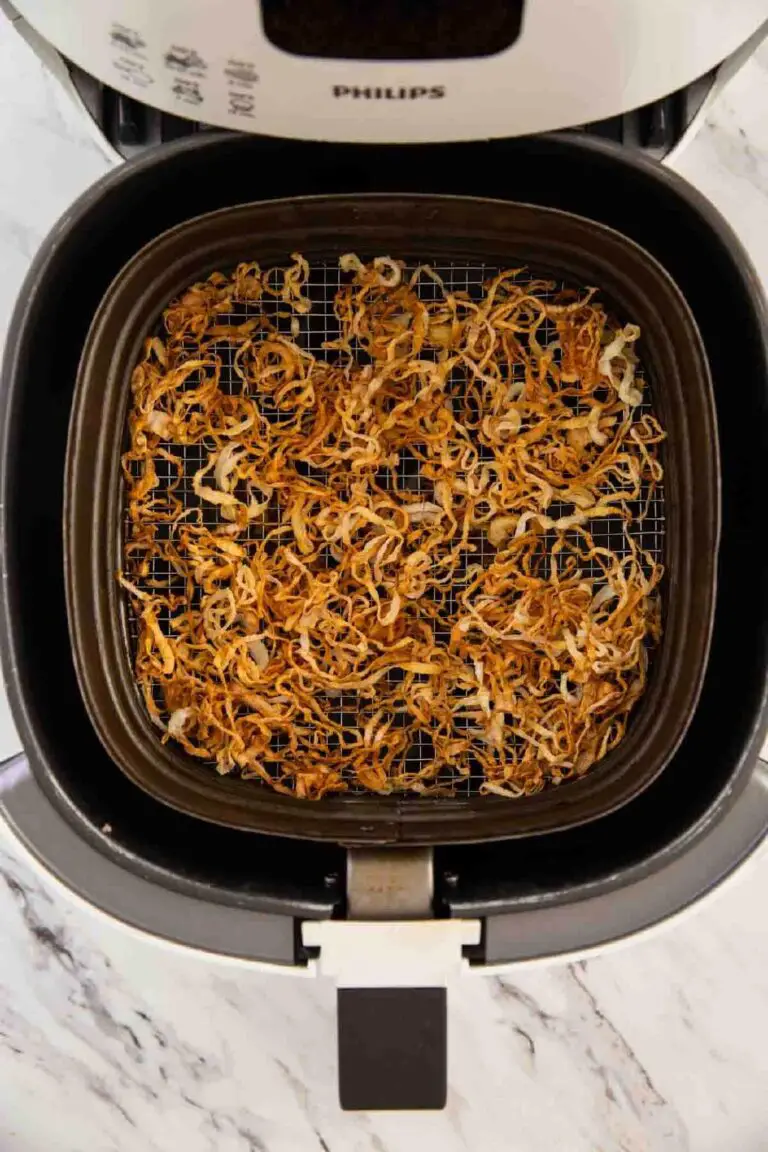Does Bay Leaf Add Flavor and Really Make a Difference in Taste?
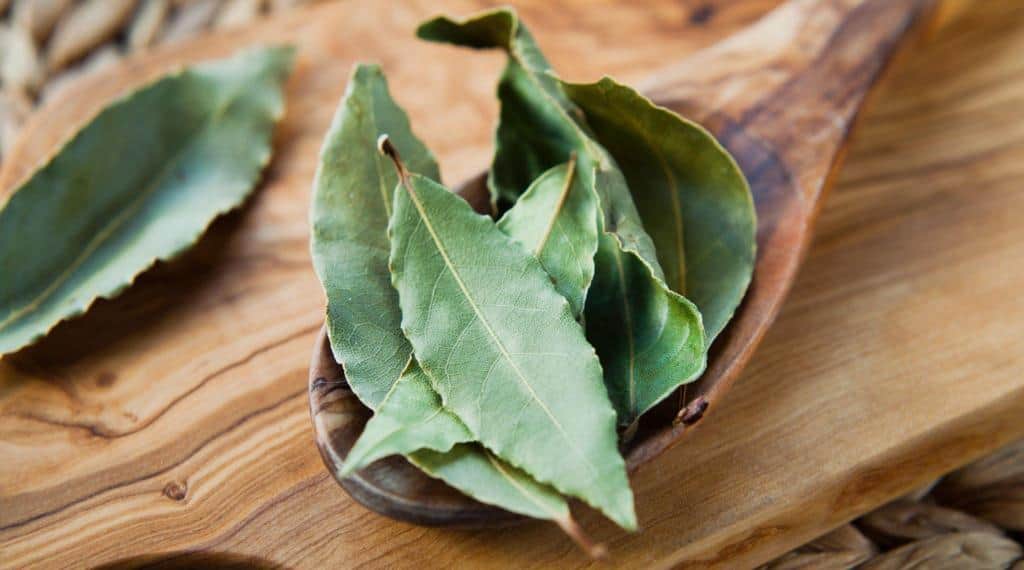
If you’re a fan of cooking, you’ve probably heard about using bay leaves in recipes. Cooking with herbs and spices can be a great way to add flavor to a dish. Bay leaf is one of the most common herbs used in cooking and is found in many recipes.
But does bay leaf add flavor and really make a difference in taste? Or is it just a gimmick?
In this post, we’ll explore the flavor profile of bay leaves and how they are used in different cuisines, as well as the benefits of using this ingredient in your cooking. So grab your apron and let’s dive into the world of bay leaves!
What is Bay Leaf and Its Origin?
Bay leaf, also known as laurel leaf, is an aromatic herb commonly used in cooking. This aromatic and flavorful herb can add depth and complexity to many dishes.
The leaves are picked from the bay laurel tree and are used whole or ground to add flavor to a variety of dishes, including soups, stews, marinades, and braises.
The bay laurel tree grows in the Mediterranean area and has been used as a spice for thousands of years. The ancient Greeks and Romans used bay leaves in their cooking, and the herb was also used in traditional medicine to treat a variety of ailments.
Bay leaves are often used in dishes that require long cooking times, such as stews and braises, as the flavor of the leaves becomes more pronounced the longer they are cooked.
Today, bay leaves are still widely used in many cuisines, including Italian, Indian, and Mexican.
Bay Leaves in Different Cuisines: Italian, Indian, and Mexican
For centuries, these aromatic leaves have been used to add flavor and fragrance to dishes from Italy, India, and Mexico. They’re the perfect addition for adding complexity to both savory and sweet dishes.
- In Italian cuisine, bay leaves are often used as part of a bouquet garni that also includes parsley, thyme and other herbs. They’re usually added to meat or fish stews and sauces, soups, pastas dishes and risottos. Italian dishes often feature bay leaves because they pair well with traditional Italian flavors such as garlic, oregano, olive oil, and tomato-based sauces. The foliage also adds an earthy touch to soups and stocks. Bay leaves are also used in Italian marinades, where they add a spicy, aromatic flavor to meat and vegetables.
- In Indian cuisine, bay leaves are used in a variety of dishes, including curries, rice dishes, and lentil soups. They are often added whole to the dish, along with other spices, and are removed before serving. Bay leaves are also used in Indian pickles and chutneys, where they add a spicy, tangy flavor.
- In Mexican cuisine, bay leaves are used in a variety of dishes, including stews, soups, and braises. They are often added whole to the dish, along with other spices, and are removed before serving. Bay leaves are also used in Mexican marinades, where they add a spicy, aromatic flavor to meat and vegetables.
As you can see above, bay leaves are a versatile ingredient that can be used in many different cuisines to add flavor and depth to dishes.
Does Bay Leaf Add Flavor & Aroma?
The taste of bay leaves is often described as spicy with a slightly sweet and earthy flavor. The leaves have a slightly bitter taste when eaten whole, which is why they are typically added at the beginning of the cooking process and removed before serving.
When cooked, the flavor of bay leaves becomes more pronounced, adding depth and complexity to the dish.
The aroma of bay leaves is as distinct as their flavor. The leaves have a strong, spicy scent with hints of pine and eucalyptus. While its aroma is often described as herbal or pine-like, some people report that it has notes of cinnamon or nutmeg.
When the leaves are cooked, this smell gets stronger and gives the dish a unique flavor.
Adding these fragrant leaves to soups, stews, braises, and even sauces will create layers of complex flavor. Bay leaves also work well in marinades for tenderizing meats like poultry or pork chops.
Does Bay Leaf Make a Difference in Food Taste?
The short answer is that bay leaves can significantly improve the flavor of a dish. The unique flavor profile of bay leaves, with their spicy, slightly sweet, and earthy taste, can add depth and complexity to the overall flavor of a dish.
When bay leaves are cooked, their flavor gets stronger, which brings out the flavors of other ingredients in the dish.
Also, bay leaves can add to the overall flavor of a dish because they smell good. The spicy, pine-like scent of the leaves can enhance the aroma of the dish, making it more appetizing and inviting.
How to Use Bay Leaf in Cooking?
First, it’s important to note that bay leaves are typically added at the beginning of the cooking process and are removed before serving. This is because the leaves can be bitter if eaten whole, so it’s best to remove them before serving the dish.
Using bay leaves in the kitchen is easy and relatively straightforward.
Begin by washing them before using them to ensure that no dirt or debris ends up in your dish.
To use bay leaves in cooking, you can simply add a few whole leaves to your dish at the beginning of the cooking process. For example, if you’re making a soup or stew, you can add a few bay leaves along with your other ingredients and let them cook for the duration of the dish.
TIPS 
The longer you cook the bay leaves, the more pronounced their flavor will become.
This extended simmering will help bring out all of those unique aromas and flavors which will add dimension to your dish. Remember not to add too many bay leaves as this can make a dish taste bitter; two or three is usually enough.
Alternatively, you can also grind bay leaves into a powder and use them as a seasoning. Simply grind the leaves in a spice grinder or with a mortar and pestle, and then sprinkle the ground bay leaves over your dish. This can be a great way to add the flavor of bay leaves to dishes where whole leaves wouldn’t be practical, such as marinades or dry rubs.
Substitutes for Bay Leaf
If you don’t have any bay leaves on hand, there are plenty of substitute ingredients you can use to get the same flavor profile. Here are some great substitutes for bay leaf that you can use in your cooking:
- Rosemary. Like bay leaves, rosemary has a strong, spicy flavor and can add depth and complexity to a dish. You can also use dried rosemary, although the flavor will be less pronounced.
- Thyme. Thyme has a taste that is a bit sweet and a bit earthy, just like bay leaves. To use thyme as a substitute for bay leaf, simply add a few sprigs of fresh thyme to your dish at the beginning of the cooking process. You can also use dried thyme, although the flavor will be less pronounced.
- Oregano. Another great substitute is oregano which adds a more subtle flavor than thyme but still gives off an herbal aroma like the bay leaf does.
- Sage. Sage is another good alternative that offers a slightly sweeter flavor than the other two options.


